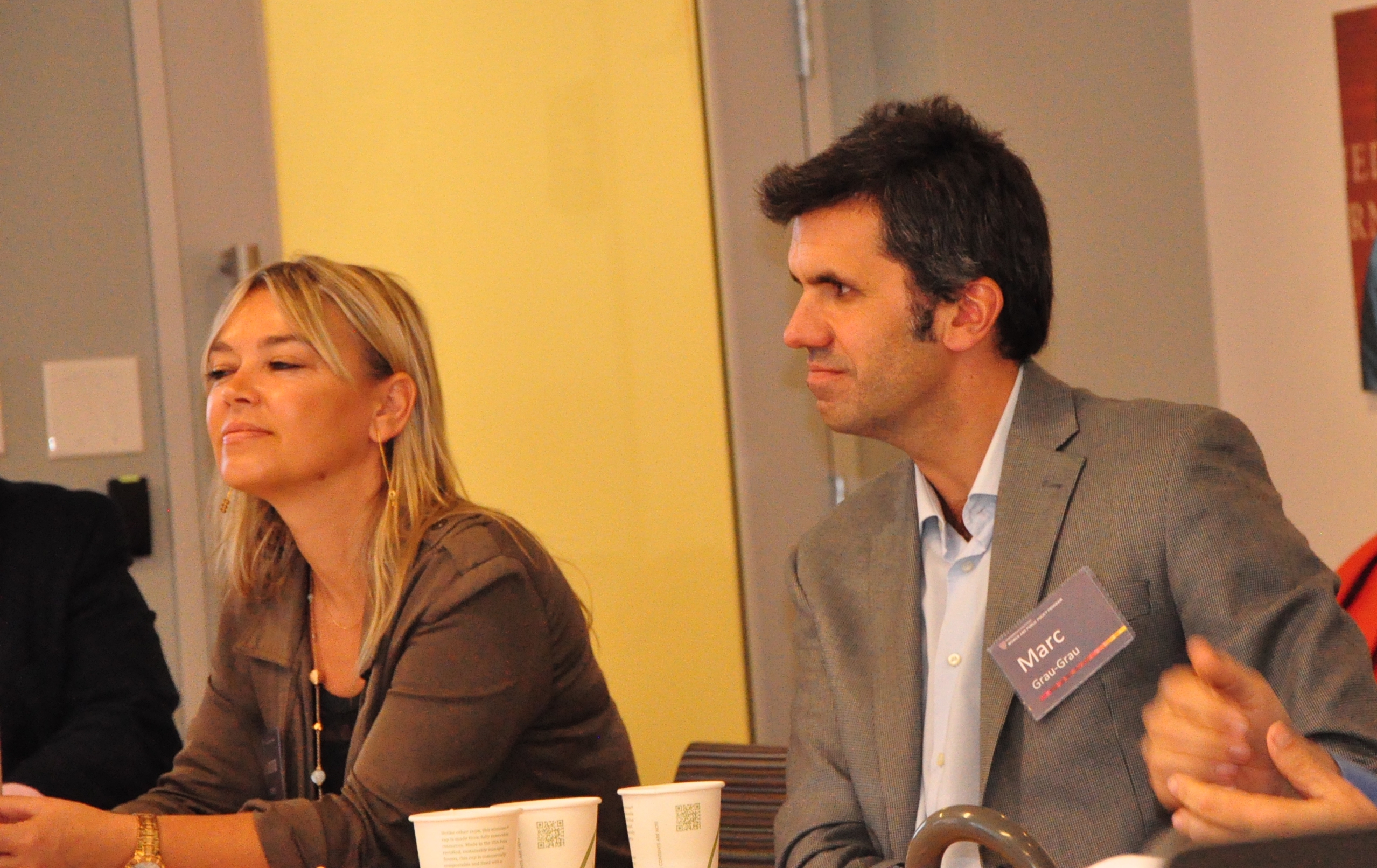Professors Sabrina Tanquerel and Marc Grau-Grau, experts from ‘Elevating Fatherhood’, describe in this article the barriers that – according to recent studies – men encounter when putting work-family balance into practice.
As teleworking becomes more widespread, a more agile and flexible world of work is taking shape. At the same time, the environment is becoming more respectful of workers’ right to equilibrate their work and family roles. Nevertheless, the pandemic seems to have increased the porosity between work and family and accentuated gender inequalities in many countries.
It will undoubtedly take more than a health crisis to redefine in depth the representations of professional commitment and the gender division of labor. The transformation of companies must also involve a profound questioning of certain masculine norms in the workplace, especially those that revolve around flexibility.
Demands for flexibility at work have long been considered a prerogative of women. In fact, when women massively joined the workforce in the 1970s, companies adapted certain procedures to facilitate the coordination between their careers and their family life. Interestingly, this issue did not affect men too much, reinforcing the idea that such coordination did not apply to them because they had to focus, as a priority, on the development of their careers.
They, too, want balance
Recent studies suggest that men are increasingly aspiring to reconcile work and family life, with some expressing a desire to be more involved in the family sphere. Although the pandemic has enhanced these new expectations, there are still many barriers for men to overcome. In an article we published in 2020, we highlighted that men continue to face three types of barriers:
Furthermore, we classified the men we interviewed into three categories:
Depending on the category to which they belong, men perceive one barrier or another and come up with different strategies that they put into play visibly or invisibly.
Those who conform to the gender norm (conformers) reject conciliation policies; those who doubt (borderers) use invisible strategies such as negotiating informally with a superior, without formally using the organization’s flexibility policies. Finally, those who challenge the dominant gender norm (deviants) dare to openly use the conciliation policies proposed by the organization itself, as well as to leave, if necessary, their organization and even the corporate world to be able to develop in their family environment.
Masculinity and environment
Our research has allowed us to better understand the heterogeneity of men regarding work-life balance issues, and how their relationship with norms of masculinity and fatherhood influences the way they live and work.
The question of the legitimacy of men (or rather the lack thereof) to deal with these issues in an organizational context is fundamental. Our results underscore that the lack of support from hierarchy and colleagues on these issues and often the gap between organizational discourse and the reality of practice are what feed the perceived lack of legitimacy of many male participants in the study.
With the support of organizations
The pandemic will undoubtedly contribute to the evolution of work organizations. However, the path towards a workplace that is more respectful of work-life balance must necessarily involve questioning the norms of masculinity and virility in the company.
For the pandemic not to be a setback for gender roles, organizations must show more responsibility, support and commitment to recognizing men’s work-life balance needs.
This support can be achieved through increased internal communication on these issues, management training and a company culture that explicitly supports flexibility and the promotion of balance for all.
It bears mentioning that this issue is at the center of the current challenges that organizations face in attracting and retaining and assuring high performance from talent.
This article was originally published in Spanish by The Conversation on September 26, 2022 and is reproduced here under a Creative Commons license.
